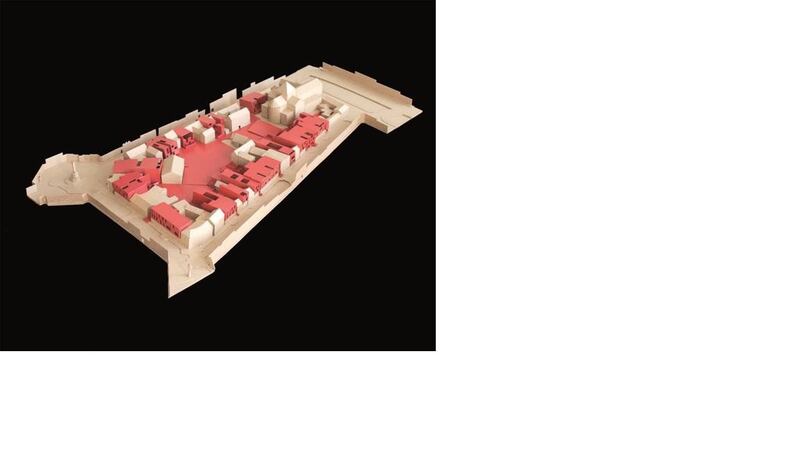Towns can be a part of the solution to Dublin’s housing shortage, by offering an alternative, according to architect and author, Orla Murphy.
Speaking at the Heritage Council’s conference, Realising the Hidden Potential of Irish Towns, Murphy said that the capital needed the relief of rural towns as much as they in turn could benefit from the population that Dublin could not service.
Irish towns grew faster than cities and rural areas in the boom years from 2002-2006 and almost one third of the population now live in towns. The problem is that those boom years saw the development of suburban style housing on the peripheries of towns while historic buildings on main streets were emptied of shops and residents.

“This type of low density suburban housing grew because it was cheaper to construct with easier planning and offered people car parking spaces and private gardens.
“People thought it was too costly, risky and awkward to live in the town centres,” said Murphy.
Her 2009-2011 study of four Irish towns found up to 30 vacancies of upper floors in Westport, New Ross, Bandon and Longford.
“The problem with this type of housing in towns is that it led to higher car dependency, low density sprawl, commuting and traffic issues and potential flooding problems.”
To bring people back to live in town centres will require new thinking on adapting buildings, according to Murphy.
In her book, Town, she puts forward a plan for four interconnecting streets with 32 new homes in Westport town centre. In this enclosed urban block where plots are amalgamated, she includes shared gardens and play areas, car parking and the reuse of town lanes for pedestrians. Murphy lives in Westport and lectures part-time in the School of Architecture at University College Dublin.
Incentives
“We have to find ways to incentivise people to live in town centres. Homeowners need good advice on retro-fitting, some tax incentives and we need a disincentive to upper floors left vacant,” she said.
“Our resources are finite. If you own a building in a town centre, you have a responsibility to occupy it. Otherwise it will always be easier for people to move out.”
At the conference in Kilkenny, Colm Murray, architectural officer with the Heritage Council outlined six proposals for the future of Irish towns.
These include extending the Living City Initiative – a tax incentive for owner-occupiers of houses in the historic core of five cities in Ireland – to towns and improving the local authority supports to the Living Over the Shop scheme.
Urban policy
“The attitude of the local authority needs to be very supportive to help people through the bureaucratic maze of fire regulations, conservative guidelines, building regulations and environmental health regulations,” said Murray. “All sections of the local authorities need to work together to support people living and working in the historic centres of our towns.”
The Heritage Council also proposes the Government develop a new Irish urban policy to protect the social, cultural, environmental and economic role of towns.
‘Unused resources’
“There are unused resources in our towns and an intelligent sustainable development strategy would bring back life into many towns with an emphasis on people living in, socialising in, visiting, shopping in and meeting their friends,” Murray said. The Heritage Council sees itself as part of the solution. “We are proposing to manage a Rural Towns and Village Network through funding from the Department of the Environment to help local communities develop plans to get the most from where they live,” said Murray.
Stretching funds
“Through our experience of managing the Irish Walled Towns Network, we have seen how communities can make small amounts of funding go a very long way in terms of organising festivals and heritage events to bring life into towns and villages.”
The chief executive of the Heritage Council, Michael Starrett, said that a costed proposal of €1.9 million had been placed before Ministers in the Departments of Environment, Arts and Heritage, and Agriculture, detailing how towns and villages in the State could be transformed, both for local residents and to boost tourism and other economic activity.










